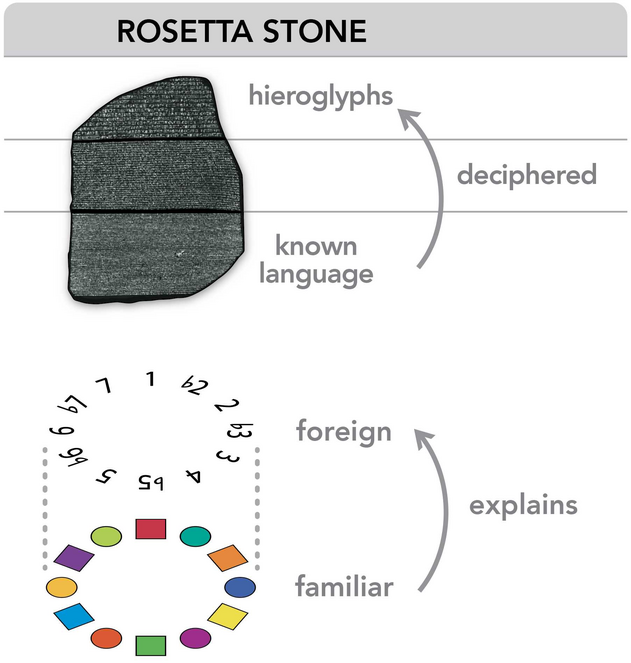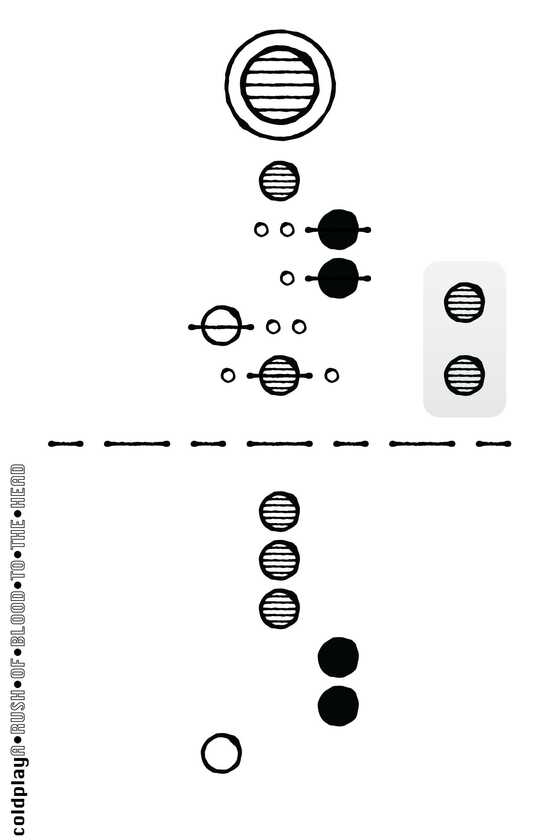
Fellow music nerds, the color notation tool is ready for testing: ColorMusicNotation.com
🥁 🎺 🎸 🎹 🎻 🪕
It’s super slick -- you just upload traditional (black) notation, and your score is quickly turned into a PDF of color notation.
@jake_k in our community has developed this tool, and it’s AWESOME! In this video, Jake and I talk about color notation, the tool’s backend process, and lots of other stuff….
Check it out:
-- This is the beta testing phase, so please SHARE any feedback in the comments below for improvements needed.
-- Also, if you get any errors (e.g., a file cannot render), send the file as an attachment for troubleshooting to: [email protected]
Guido d’Arezzo developed “modern” notation in 1026 … so it’s time for an upgrade, yes? We are the vanguard of music, my friends.
This might seem like a crazy question but I play a lever harp (the levers move the string up a half step) and I am having trouble when I am playing and need to raise a specific lever up. For example, change F to F#. All the levers look the same. I am wondering if your stickers would work on my harp. The levers are 1/4" wide. Do you think either your guitar or piano stickers work for me? I don't see any dimensions given. Thank you.
I designed a chart that shows the general flow of an album throughout its runtime.
• The large circle at the top shows the general energy level (or "upbeatness" of the album. Each medium-sized circle in the center of the diagram represents a song on the album.
— Black = high energy, very upbeat
— Grey = mid energy
— White = low energy
• If a song has a line through it, that means it is a single.
• Small circles next to a song represent B-sides or alternate versions of the song. The dotted line halfway down in the image represents the halfway mark of the album (where a vinyl record needs to be flipped over).
Pictured are charts I made for 15 of my personal favorite albums.
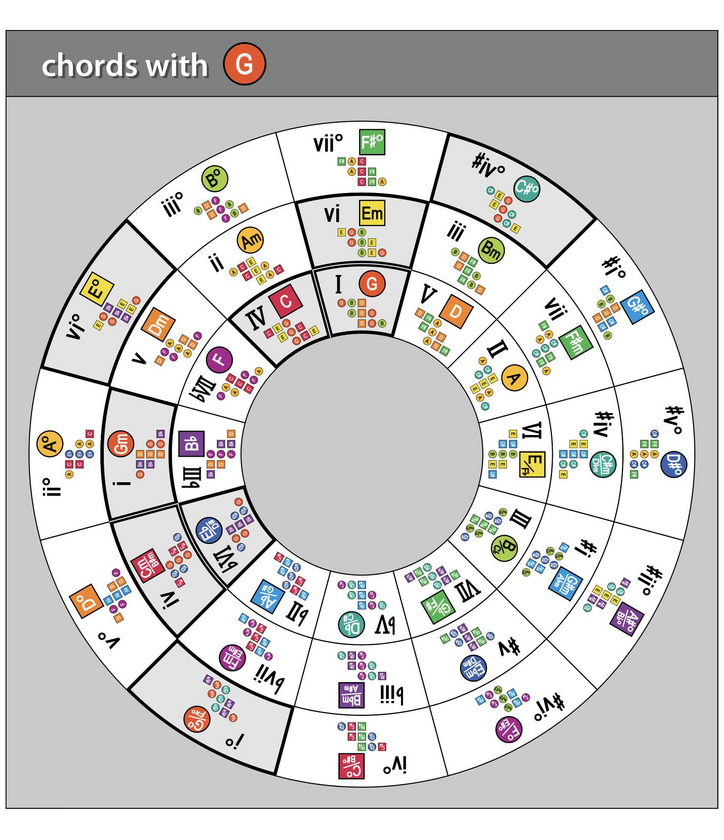
This is a "heatmap" of all chords (triads) with a G note. (The staggered stacks of notes in each cell simply illustrate the various inversions of each triad.)
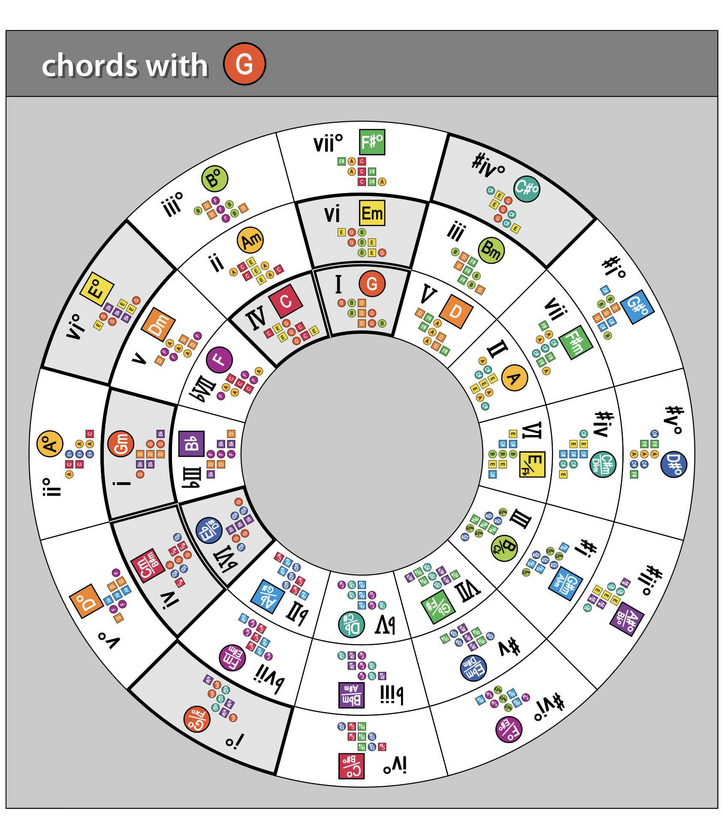
Chord progressions built from these chords tend to sound good -- due to their shared link with the G note.
You can see (and hear) what I mean as you play around with these chords.

For a map of chords that include the C note, see Post #425. Notice that the harmonic positions of each chord are the same -- that is, the same numerals appear (I, IV, bVI, etc.) since the ChordMap is symmetrical across all keys.
This image helps to get the ideas flowing for songwriting. It shows the various chords (triads) with a C note. Like a heat map, it highlights all the locations across harmonic space that include this pitch.
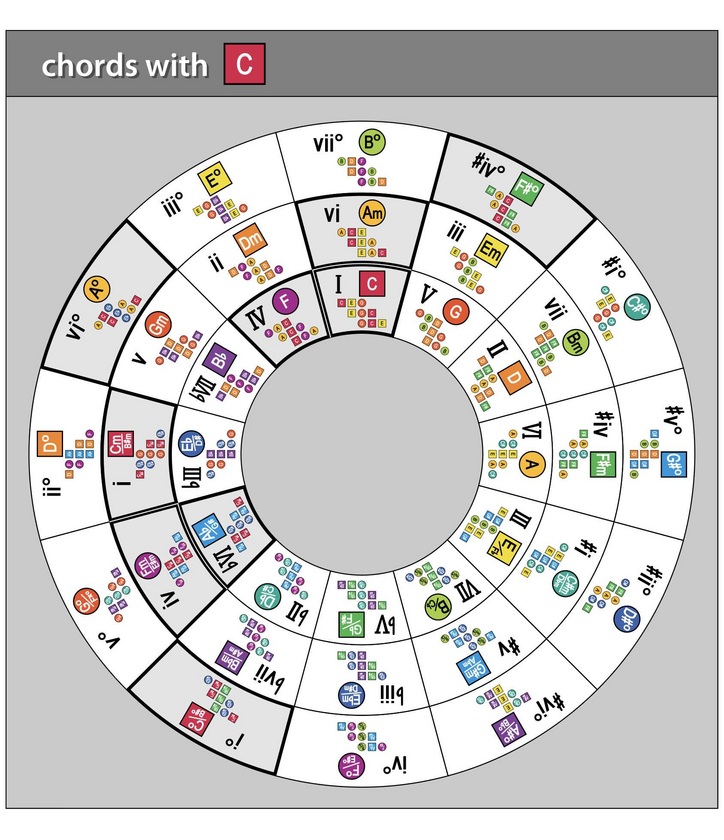
And what's cool is that, as you play different progressions built from these chords, they tend to sound good. This is due to their shared link with the C note.
You'll see (and hear) what I mean as you play around with these chords.

A song might not be built entirely from these chords alone -- they might simply serve as a springboard for more ideas. Or maybe you can come up with a full tune from these harmonies....
And on a more esoteric note ... it's interesting how this version of the ChordMap resembles the Mayan calendar, yeah? With its colorful symbols and concentric rings, it's structure is strangely similar.
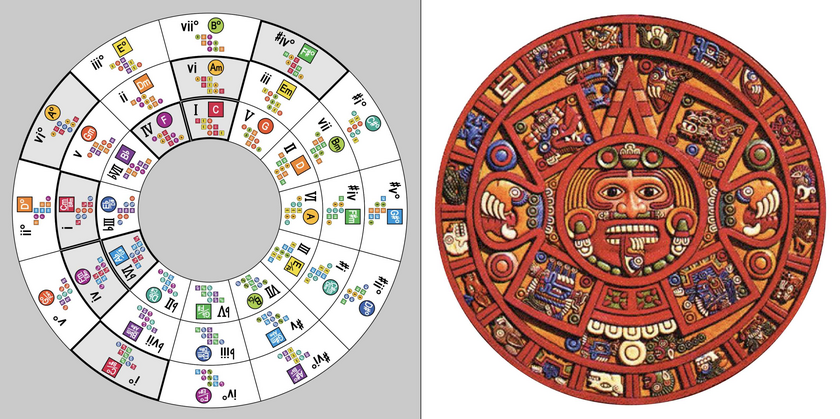
The Aztec sun god, Tonatiuh, sits at the center of the Mayan calendar. Like Apollo, the Greek god of the sun (and music), he plays a central role in the progression of time. Music is the audible convergence of time and space (pitch and rhythm). And it all flows in a cycle.
As they say, everything is connected. :)
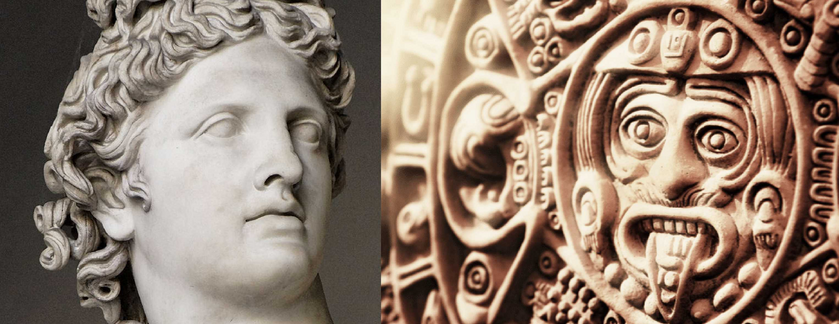
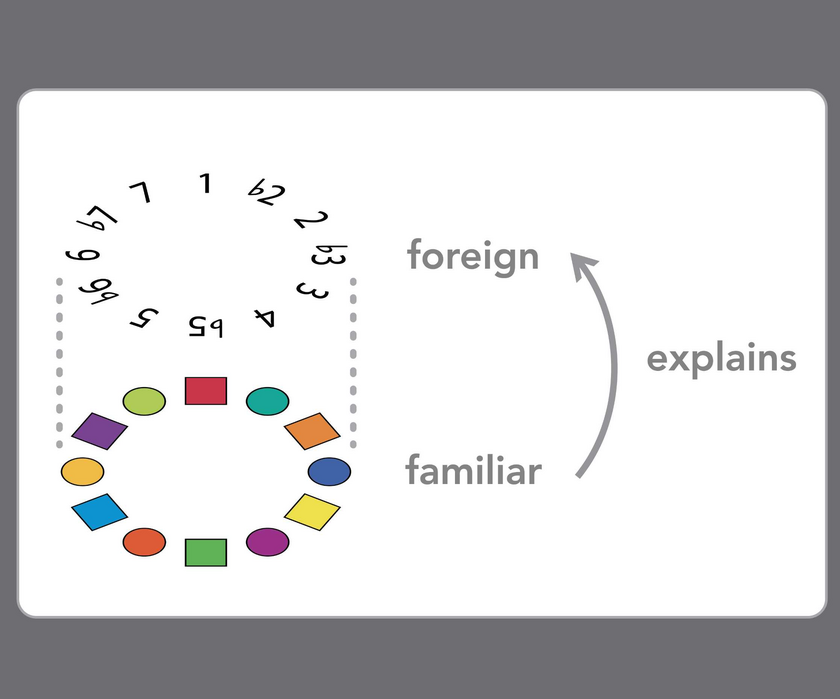
Music is a language. A language that your ears naturally understand, but that’s also utterly foreign to your eyes … as a mess of confusing dots and lines and squiggles.
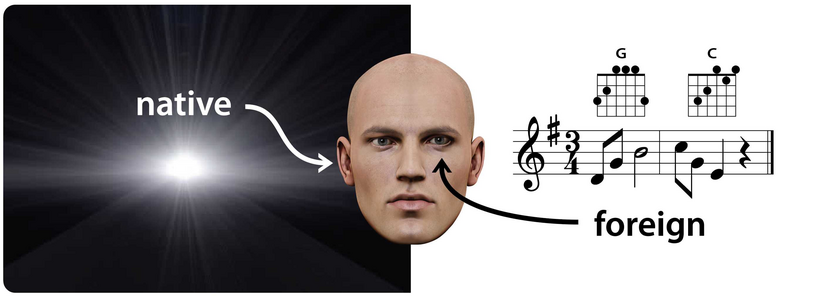
It’s frustrating, to say the least. Because it means that you’re already fluent in this language (or at least you can easily hear it), but at the same time you’re not able to speak it (by easily playing and creating it yourself).
And as long as you’re confused by the visual language of music, you’ll struggle with the syntax of song, unable to fully articulate the music that you can hear inside.
So what’s needed is a way to align your hearing with your sight. That is, you need a method to illustrate the patterns of music in such a way that they LOOK as natural and simple as they SOUND.
In other words, you need a “Rosetta Stone” to help bridge the gap between the musical language of your ears and that of your eyes.
And with color, you have the answer — using the special connection between the circle of fifths and the color wheel, along with the natural link between the circle of fifths and the chromatic scale.
By leveraging your familiarity with color to decipher the otherwise cryptic sequence notes, you can finally crack the code of music. This is our musical Rosetta Stone.
